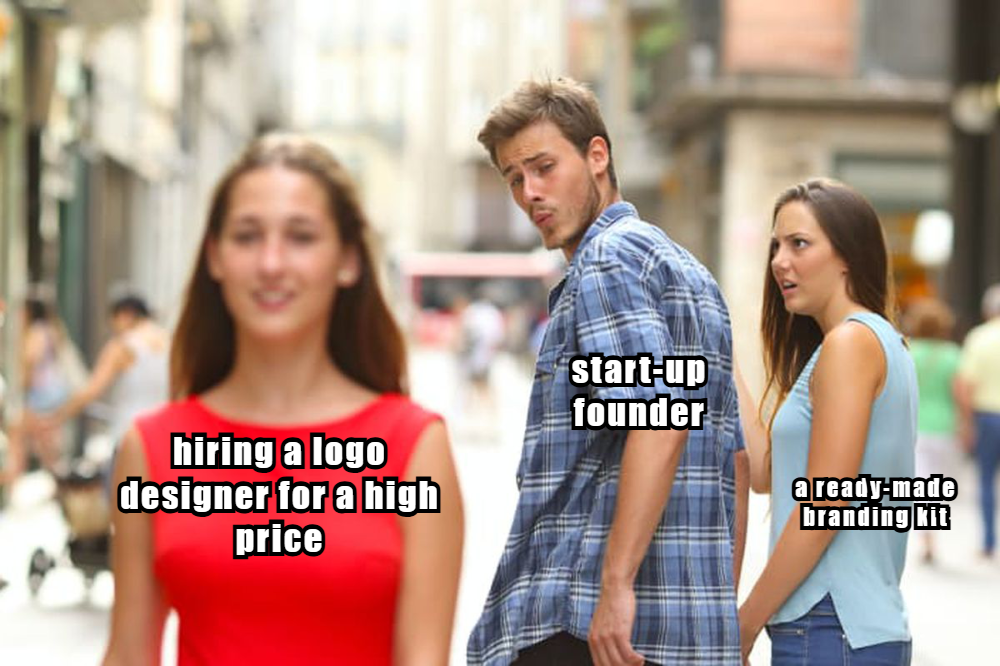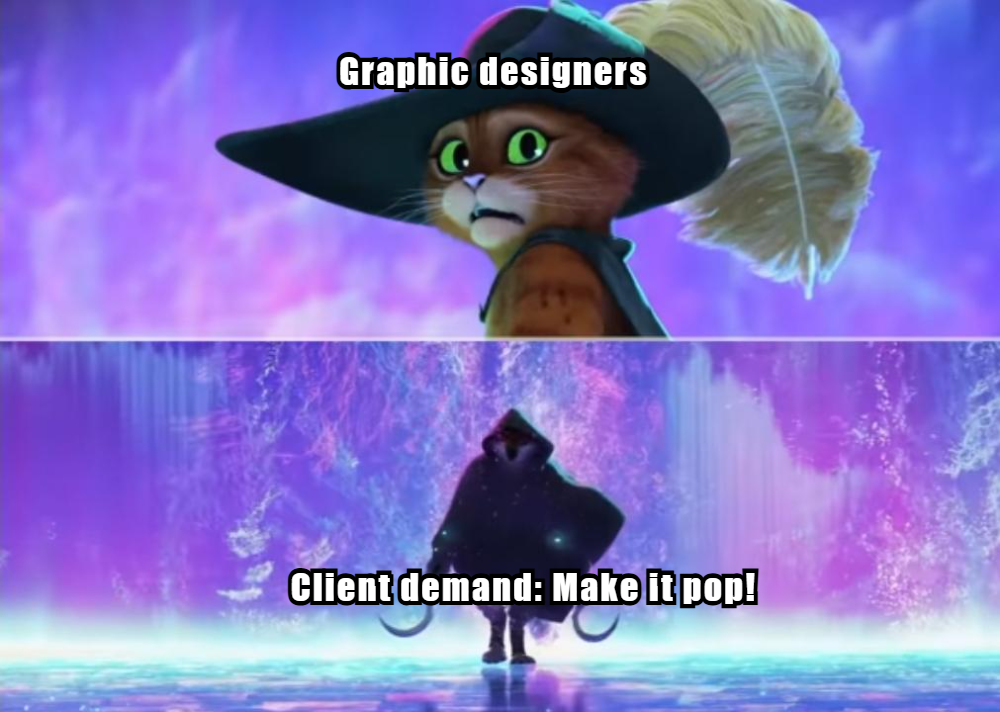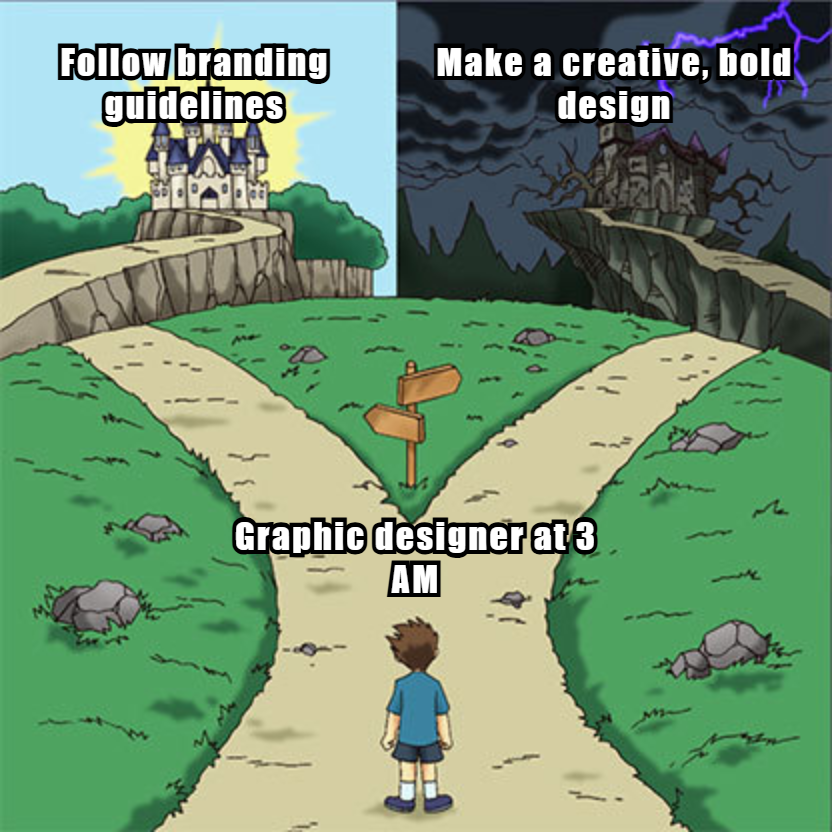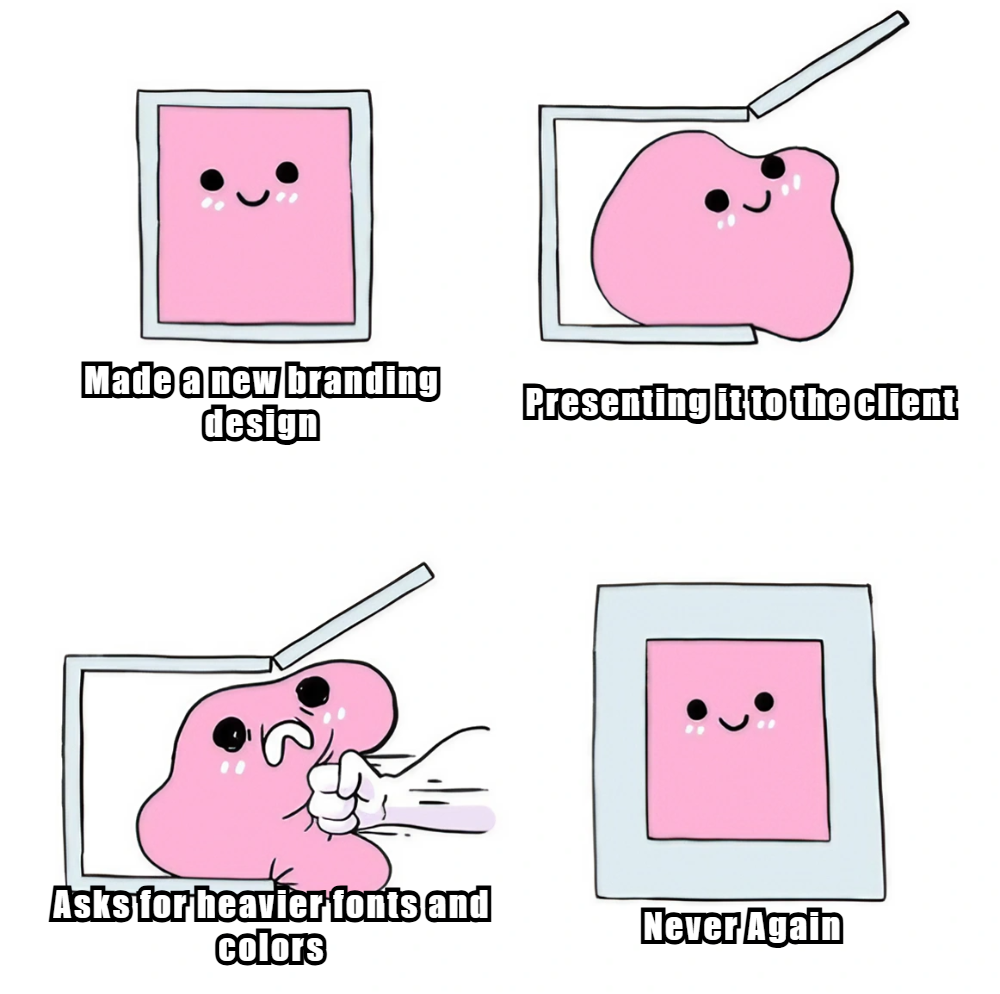In today’s competitive business landscape, a well-crafted logo design branding strategy is essential for companies looking to make a lasting impression. A logo is more than just a visual element; it’s the cornerstone of your brand identity, communicating your values, personality, and promise to your audience. This comprehensive guide will explore the intricacies of developing an effective logo design branding strategy, providing insights, best practices, and real-world examples to help you create a powerful visual identity for your brand.
Understanding the Importance of Logo Design in Branding

A logo is often the first point of contact between a brand and its audience, making it a crucial element in establishing brand recognition and recall. According to recent studies, consistent brand presentation across all platforms can increase revenue by up to 23%1. This underscores the significance of a well-designed logo in building a strong brand identity.
A thoughtfully crafted logo serves multiple purposes:
- It allows people to quickly identify and recall your brand
- It creates consistency across different communication channels
- It fosters a professional image and raises expectations
- It distinguishes your brand from competitors
- It facilitates an emotional connection with stakeholders and boosts brand loyalty
For instance, Nike’s iconic swoosh logo has become synonymous with athletic performance and innovation, instantly recognizable across the globe.
Key Elements of an Effective Logo Design Branding Strategy

Simplicity and Memorability
One of the fundamental principles of logo design is simplicity. A simple logo is easier to recognize, remember, and reproduce across various mediums. Apple’s minimalist apple silhouette is a prime example of how a simple design can become a powerful brand symbol.
When crafting your logo, ask yourself: Can I remove any element without losing the core message? Is this logo distinctive enough to stand out from the competition? Would I remember it after seeing it once?
Versatility and Scalability
In today’s multi-platform world, your logo needs to be versatile enough to work across various mediums and sizes. From large billboards to small app icons, your logo should maintain its integrity and legibility.
Consider creating multiple variations of your logo, including:
- Primary and secondary versions
- Vertical and horizontal orientations
- Black and white versions
- Simplified versions for small-scale applications
Starbucks’ logo evolution demonstrates how a design can be simplified over time to improve scalability while maintaining brand recognition.
Color Psychology and Brand Personality
Colors evoke emotions and perceptions, making color choice a critical aspect of logo design. Each color carries psychological associations that can influence how your brand is perceived. For example:
- Blue often represents trust and professionalism
- Red evokes excitement and passion
- Green is associated with growth and environmental consciousness
Coca-Cola’s iconic red logo exemplifies how color can become intrinsically linked to a brand’s identity.
Typography and Brand Voice
The choice of typography in your logo can significantly impact how your brand is perceived. Different font styles convey different personalities:
- Serif fonts often suggest tradition and reliability
- Sans-serif fonts are associated with modernity and simplicity
- Script fonts can evoke elegance or creativity
Google’s logo, with its custom sans-serif font, reflects the company’s approachable and innovative brand personality.
Developing Your Logo Design Branding Strategy

Define Your Brand Identity
Before diving into logo design, it’s crucial to have a clear understanding of your brand identity. This includes:
- Your brand’s mission and values
- Your unique selling proposition
- Your target audience
- Your brand personality and voice
Patagonia’s logo, featuring a mountain range, perfectly encapsulates the brand’s commitment to outdoor adventure and environmental responsibility.
Research and Competitive Analysis
Conduct thorough market research to understand your industry landscape and competitor branding. This will help you identify opportunities to differentiate your brand visually.
Create a mood board of logos you admire, both within and outside your industry. This can serve as inspiration and help you communicate your vision to designers.
Sketch and Conceptualize
Start the design process with rough sketches and concepts. Explore various ideas and iterations before moving to digital design. This phase allows for creative exploration without the constraints of digital tools.
Seek Professional Design Expertise
While DIY logo makers are available, investing in professional design services can yield superior results. Experienced designers bring technical skills, creative expertise, and industry knowledge to the table.
Test and Refine
Once you have initial designs, test them with your target audience. Gather feedback on factors such as:
- First impressions
- Brand alignment
- Memorability
- Emotional response
Use this feedback to refine and improve your logo design.
Implementing Your Logo Design Branding Strategy

Create Brand Guidelines
Develop comprehensive brand guidelines that outline how your logo should be used across various applications. This ensures consistency in brand presentation and helps build strong brand recognition.
Include specifications for:
- Logo variations and usage
- Color palette
- Typography
- Spacing and sizing requirements
Integrate Across All Touchpoints
Implement your logo consistently across all brand touchpoints, including:
- Website and digital platforms
- Marketing materials
- Product packaging
- Signage and physical spaces
- Employee uniforms and merchandise
Consistency in logo usage reinforces brand identity and builds trust with your audience.
Monitor and Evolve

Your logo design branding strategy should evolve with your brand. Regularly assess your logo’s effectiveness and make subtle updates when necessary to keep it fresh and relevant.
Starbucks’ logo evolution over the years demonstrates how a brand can maintain its core identity while adapting to changing design trends and business needs.
Case Study: Airbnb’s Logo Redesign

Airbnb’s 2014 logo redesign is an excellent example of a successful logo design branding strategy. The company introduced the “Bélo” symbol, which combines elements of a heart, a location pin, and the letter A.
Key aspects of Airbnb’s logo design strategy:
- Simplicity and versatility
- Meaningful symbolism (belonging, location, brand initial)
- Adaptability across digital and physical applications
- Consistency in implementation across all brand touchpoints
The redesign helped Airbnb transition from a startup to a global hospitality brand, reinforcing its message of belonging and community.
In conclusion, a well-executed logo design branding strategy is a powerful tool for building a strong, recognizable brand identity. By focusing on simplicity, versatility, and alignment with your brand values, you can create a logo that not only represents your business visually but also resonates with your target audience on an emotional level. Remember that your logo is just one part of your overall brand identity, but it’s often the first and most frequent touchpoint your audience has with your brand. Invest the time and resources to get it right, and you’ll lay a strong foundation for your brand’s success.
FAQ
Q1: How much should I budget for logo design?
A: Logo design costs can vary widely, from a few hundred dollars for basic designs to tens of thousands for comprehensive branding packages. Consider your business size, industry, and long-term goals when setting a budget.
Q2: How long does the logo design process typically take?
A: The logo design process can take anywhere from a few weeks to several months, depending on the complexity of the project and the number of revisions required.
Q3: Should I trademark my logo?
A: Trademarking your logo can provide legal protection for your brand identity. Consult with a legal professional to determine if trademarking is appropriate for your business.

